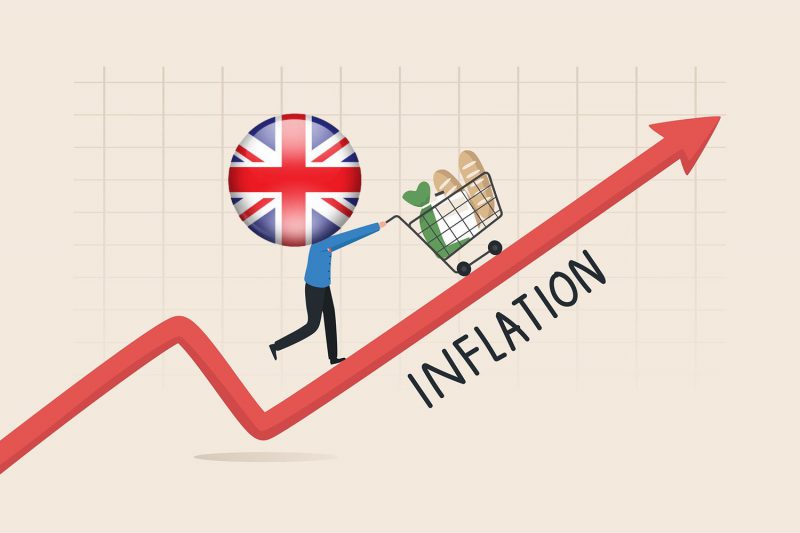The troubled UK (United Kingdom) economy is showing no signs of relief. Rising food prices have pushed British inflation back to double digits. As per the latest data from the Office for National Statistics (ONS), CPI (Consumer Prices Index) rose to 10.1% in September, from 9.9% in the month of August, the highest in four decades.
The new numbers come right after UK’s Finance Minister Kwasi Kwarteng was relieved of his services, after only six weeks in office. The data leaves the UK’s Bank of England’s 2% target in the dirt, putting a lot of pressure on policymakers to lift the interest rates significantly next month.
Prime Minister Liz Truss’s regime has seen a decline in poll ratings as a result of the worst compression in consumer purchasing power in decades. However, a market downturn prompted her to abandon several of the policies she had implemented, including hefty tax cuts and relief for household energy bills.
The new government faced heavy criticism from opposition parties. Moreover, Labour Member of Parliament, Rachel Reeves, stated,
“Inflation figures this morning will bring more anxiety to families worried about the Tories lack of grip on an economic crisis of their own making.”
So what’s gotten more expensive in the UK?
The ONS reported a 14.8% increase in food costs from a year earlier, the highest increase in more than 40 years. With a 10.7% increase in September, furniture and home products were other contributors. The cost of goods leaving factories, as measured by producer prices, increased by 15.9%. The price of raw materials increased by 20%, also above expectations.
The latest CPI data comes just a week after it was revealed that the unemployment rate of the UK dropped to 3.5%. This is the lowest unemployment rate for the UK in nearly 50 years. The drop in the numbers is not due to more people being employed, but due to an exodus of laborers. Even the GDP has shrunk by 0.3%.
The way everything is going, it does look pretty dim for the UK. As per estimates, UK inflation may peak at 10.7% this year. However, there is a possibility of it reaching 12% if the government doesn’t put a lid on rising energy costs.





